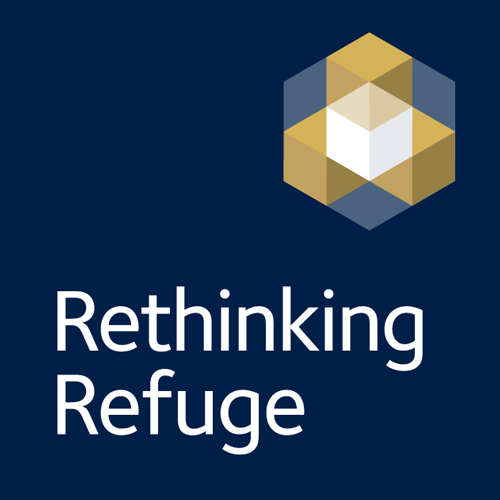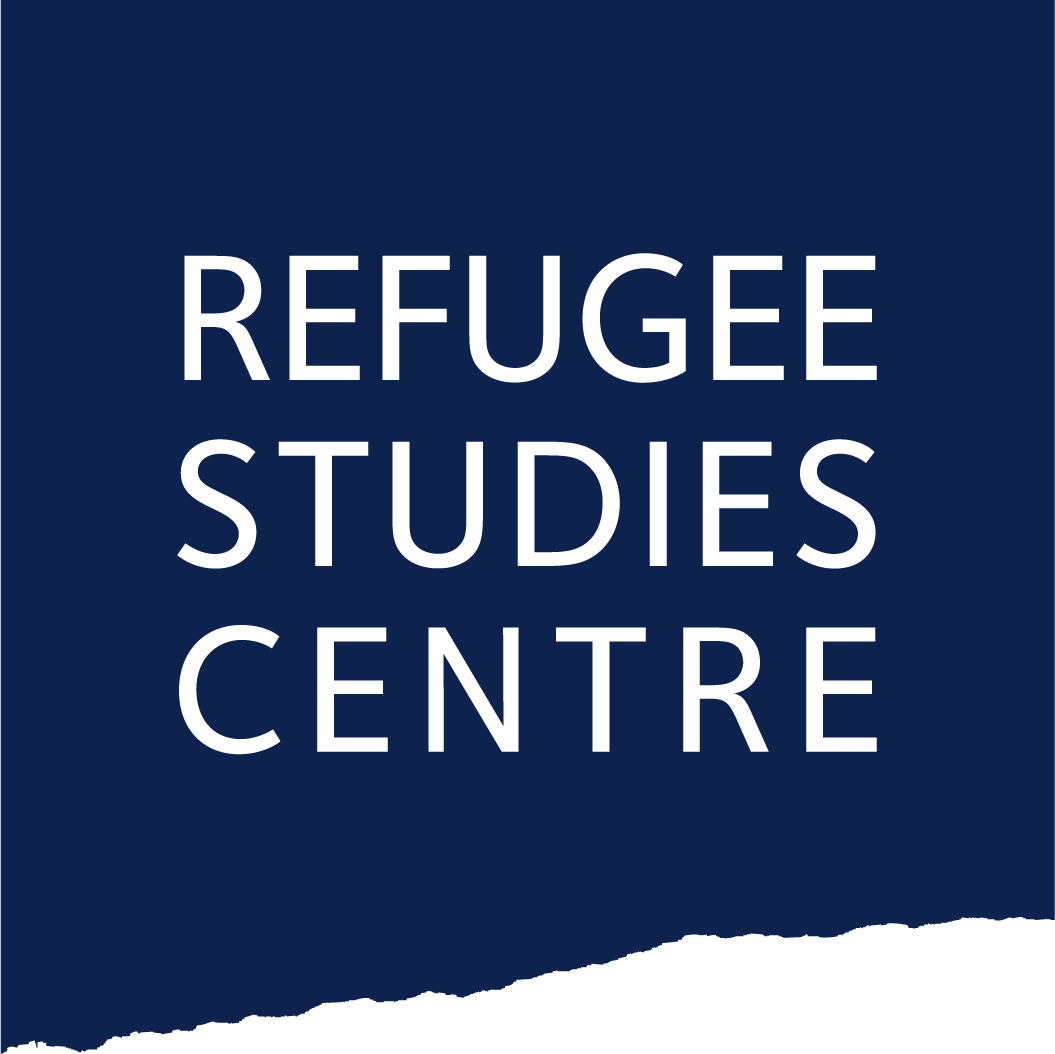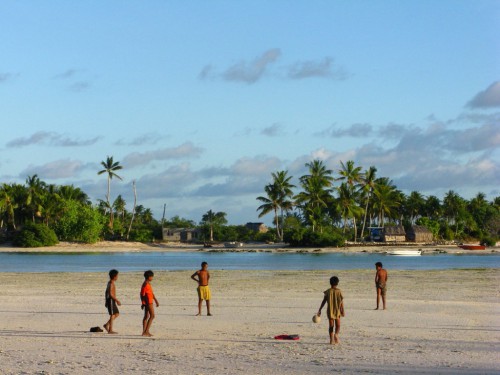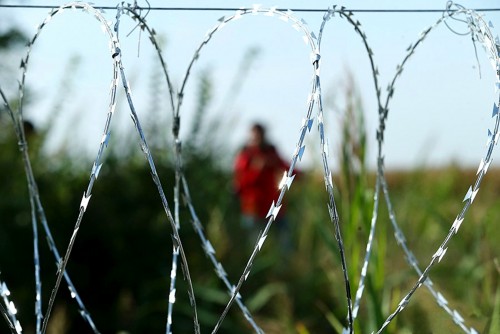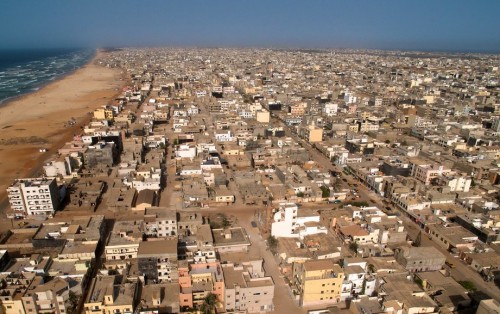
Making the Maritime Visible: Rethinking Humanitarianism at Sea
13 August 2020
Humanitarian activity is traditionally perceived as being territorial – based in refugee camps, aid compounds or medical clinics. Humanitarian projects are discursively located ‘on the ground’ or ‘in the field’. This territorial bias extends far beyond considerations of humanitarian activity and in fact reflects a widespread tendency to focus on landed spaces to the neglect of maritime ones. (We might think of cartography and the way that maps frequently sketch the borders, landscapes, roads and cities of states in intricate detail against a monolithic backdrop of blue sea.)
Such a one-sided view of humanitarianism should be challenged. My research examines how the current lack of engagement with maritime forms of aid work perpetuates misconceptions about what ‘humanitarianism’ really looks like, and seeks to broaden the perception of where it can be found. From the perspective of a search and rescue ship, where aid is provided outside of conventional borders, it is possible to challenge assumptions that underpin common understandings of what humanitarian work involves. Both scholars and aid workers can learn much about humanitarianism as an ideology and a practice by de-territorialising their understanding of it, exploring the sea as an important setting of humanitarian activity.
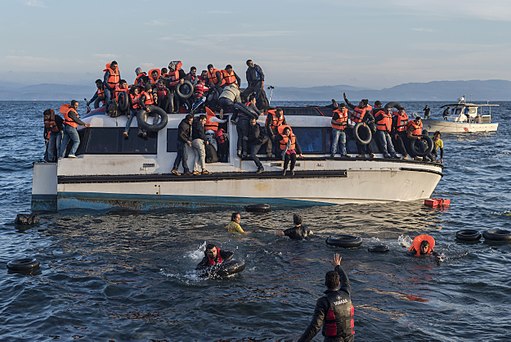
Syrian and Iraqi refugees arrive at Lesbos island, Greece, helped by volunteers from the Spanish NGO Proactiva Open Arms (Credit: Ggia [CC BY-SA 4.0])
Humanitarian projects at sea
After the tragic sinking of a migrant vessel off Lampedusa, Sicily, in October 2013, Europe witnessed a remarkable proliferation of humanitarian activity in response to deaths on the open oceans. This began with the launch of the Italian search and rescue operation ‘Mare Nostrum’, but continued after this mission was terminated in 2014. Assistance began to be provided by a growing number of NGOs. Some of these were existing international organisations such as Médecins Sans Frontières and Save the Children, and others were new and smaller organisations such as the Migrant Offshore Aid Station, Sea-Watch, Sea-Eye, SOS Méditerranée, and Proactiva Open Arms. Humanitarian projects at sea were propelled centre stage, splashed across newspapers and referenced frequently in the intense political debates that developed around immigration and border control.
In 2015, ocean settings became increasingly visible, particularly the Mediterranean Sea where humanitarians attempted to save the lives of migrants who set out in rickety boats and dinghies to seek safety in Europe. Despite the increased visibility of these humanitarian search and rescue projects, the extension of aid work into maritime environments has seldom been acknowledged as an important development within the humanitarian movement. This is partly due to the fact that maritime spaces, and the actors who work in these spaces, often exist outside conventional frames of analysis.
Maritime spaces like the Mediterranean Sea are also often understood in the popular imagination as dangerous spheres of lawlessness and unpredictability, the wild antithesis of organised civilisation. Oceans are perceived as void-like spaces that are cut off from society and insulated from political and social forces. From this image stems the perception that humanitarian projects at sea are particularly risky and complex, hence the assumption that maritime settings are not ones that humanitarian actors naturally operate in.
Search and rescue at sea – a long history
The perception of ‘maritime humanitarianism’ as an unusual or unnatural form of humanitarianism also stems from an ahistorical narrative which represents contemporary search and rescue projects as a surprising, new, and risky venture on the part of humanitarian organisations. Such a narrative fails to connect these projects to older principles and precedents. Historically, humanitarians have worked in maritime settings all over the world. In the late 1970s, for example, aid organisations launched high-profile search and rescue projects in response to the plight of the Vietnamese ‘boat people’ who were losing their lives in the South China Sea. Humanitarians later worked in the Florida Straits throughout the 1980s and 1990s, rescuing Cuban, Haitian and Dominican migrants. Many commercial vessels have also carried out humanitarian rescue missions – most famously in 2001 a Norwegian shipping vessel, the MV Tampa, rescued 438 asylum seekers in international waters off Australia, raising an international media storm after the Australian government refused to allow the rescuees into its ports. The principle of humanitarian rescue goes back much further still, grounded not just in modern international law but in the centuries-old maritime tradition of providing assistance to those in distress at sea.
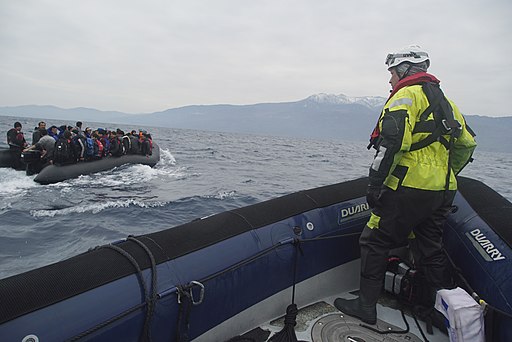
Refugees crossing the Mediterranean sea by boat, heading from the Turkish coast to Greece (Credit: Mstyslav Chernov/Unframe [CC BY-SA 4.0])
Different forms of assistance
In fact, humanitarians can and do work very comfortably at sea, even if the work they carry out there often looks different to the work they might undertake on land. The type of aid provided by humanitarian actors on land is relatively consistent and self-explanatory: food is provided in cases of famine and medical care is provided in cases of disease or conflict. While search and rescue NGOs do provide food and medical care on board their ships, their projects at sea are focused more on the most visceral and basic act of saving a life by pulling it out of the waves. Hence when Médecins Sans Frontières began to conduct search and rescue operations in the Mediterranean in 2015, commentators both within and outside the organisation asked whether this work was a truly ‘humanitarian’ form of activity because it seemed so different from the NGO’s previous projects.
As Hernan del Valle, MSF’s head of humanitarian affairs and advocacy at the time, reflected: ‘the anticipated need for MSF services seemed small when compared to the thousands of cases of malnutrition, infectious diseases (Ebola, HIV, tuberculosis, measles), and violent trauma that MSF cares for in other programmes all over the world’. After all, the organisation was comprised of ‘Doctors without Borders’, not ‘Rescuers without Borders’.
The NGO eventually chose to continue its Mediterranean work, however, and three of its branches (MSF Spain, Holland and Belgium) have, over the years, dedicated considerable resources to search and rescue, either by chartering or purchasing vessels or by providing crew on other NGO ships. In this case, maritime projects prompted aid organisations like MSF to reconsider what it meant to be a ‘humanitarian’ and to acknowledge that humanitarianism is more chameleon-like than many had understood it to be, remaining focused on alleviating suffering and protecting human life but changing form to match the environment it finds itself in.
The continued need for maritime aid
The extension of aid operations from states to shores is likely to remain a feature of contemporary humanitarianism for quite some time. Many migrants and asylum seekers continue to travel across the Mediterranean Sea, ending up stranded and at risk of drowning or being pushed back to places where they face human rights abuses (Libya being a prime example). The lack of a political solution to the root causes of flight means that many continue to attempt the crossing to Europe; yet this journey is becoming increasingly dangerous as European states shut off shorter and safer migration routes.
Given this deadly combination of continued movement by forced and voluntary migrants and increasing securitisation on the part of European states, the need for humanitarian assistance at sea is more pressing than ever. Aid agencies will have to grapple with maritime contexts for many years into the future. For this reason, it is essential to counter the ‘land-bias’ in our conception of humanitarianism and to ask how maritime aid prompts us to reconsider traditional humanitarian practices, policies, and philosophies.
